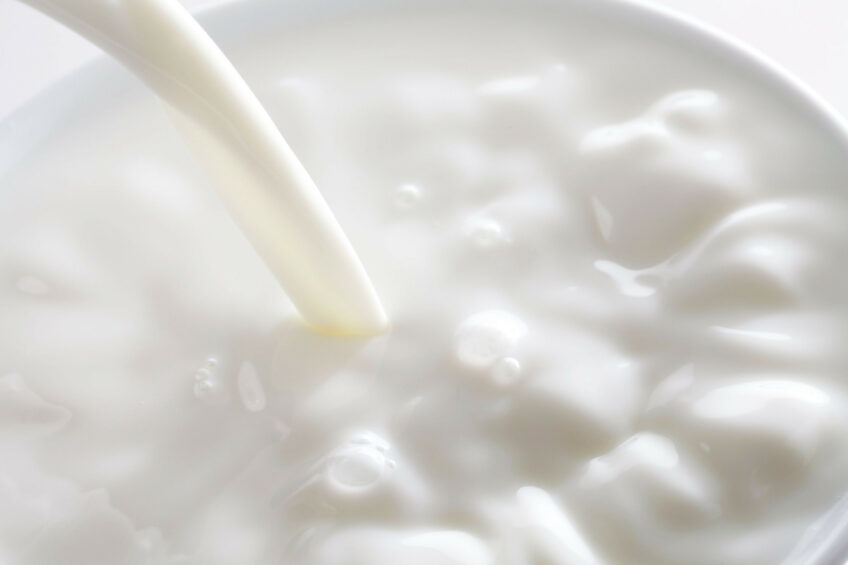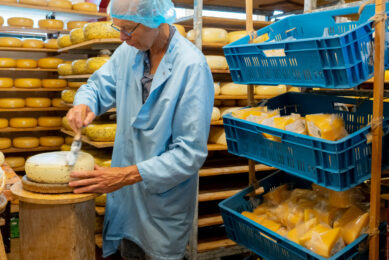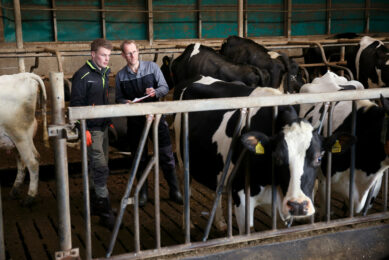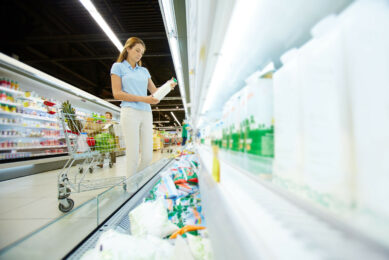Russia is braced for a raw milk shortage

Continuous growth in domestic dairy consumption has put the Russian dairy industry on the edge of a raw milk shortage, as unveiled by Soyuzmoloko, a prominent business organisation.
Growth in dairy consumption has outpaced the rise in raw milk production, which is unusual for the country and has not been seen for a long time, Artem Belov, general director of Soyuzmoloko, said during an industry conference in Ufa.
In the first half of 2024, dairy consumption in Russia jumped by 6%, while raw milk production climbed by only 2.5%, he estimated.
As Soyuzmoloko calculated, raw milk production in the sector that has long shown mixed production dynamics saw its output rise to 13.2 million tonnes in the first half of 2024 against 12.9 million tonnes in the previous year.
Exports add tension
Rising exports are only making the issue of raw milk shortage more pressing, Belov added. “Given that we still have good export potential and that export-oriented projects are being implemented, the issue of raw materials is becoming increasingly important,” Belov stated.
“We need to increase [raw milk] supply,” Belov claimed, expressing an opinion that the issue is going to generate a lasting effect in the next 2-4 years.
Rising costs
The lack of raw milk is also fueling food inflation, something the Russian government has been desperately trying to avoid in recent years by jacking up the Central Bank’s key interest rate and launching antimonopoly investigations against the largest food manufacturers.
A recent Soyuzmoloko study on the financial performance of the Russian dairy industry revealed a significant increase in average production costs, up by 14% to 18% over the past 12 months. This trend, Belov pointed out, is leading to a decline in the profitability of dairy companies.
“Now the [retail] price is catching up with this cost increase, and for the raw materials sector, it was more or less compensated, but not for the processors. And this is not a very good trend,” Belov noted.
Higher incomes
Against this background, the retail prices for the most popular dairy production keep following an upward trajectory. There is no alternative to this since, as Belov said, as of August 2024, the cost of butter production went up by 17.4% compared with the previous year.
Belov also highlighted the positive side of the coin, praising the growth in the real disposable incomes of the Russian population. This increase in purchasing power is not only sustaining high dairy consumption but also enabling dairy manufacturers to adjust their prices.
Join 13,000+ subscribers
Subscribe to our newsletter to stay updated about all the need-to-know content in the dairy sector, two times a week.










